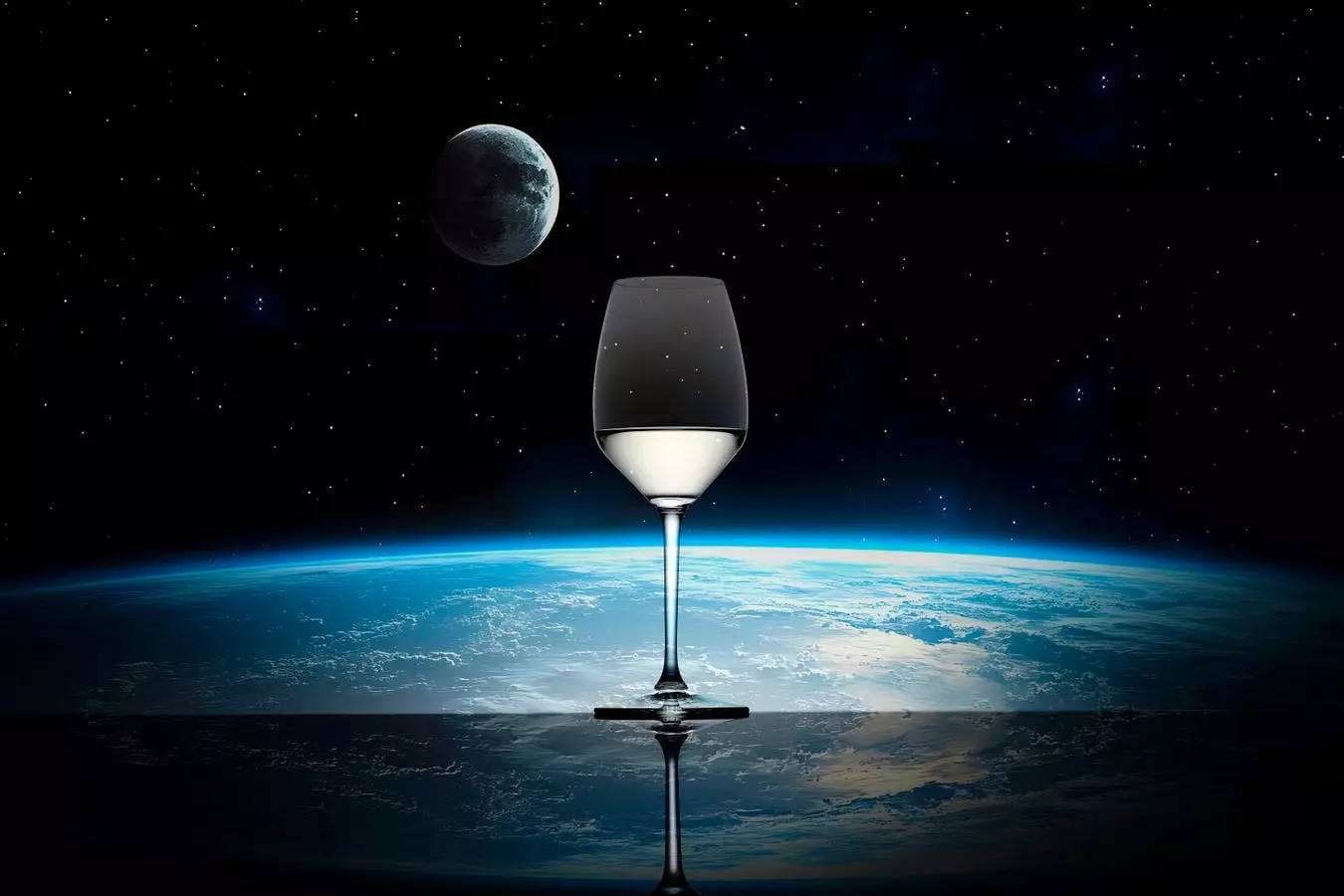The idea of producing sake in the vacuum of space is not merely a whimsical notion; it represents a audacious venture into the unknown. Kazuhiro Sakurai, the president of Asahi Shuzo, embodies the spirit of innovation, suggesting that after 56 years since the momentous moon landing, humanity is ready to indulge in culinary achievements, even in extraterrestrial environments. The company’s initiative to brew sake aboard the International Space Station (ISS) in collaboration with esteemed organizations such as Mitsubishi Heavy Industries and the Aichi Center for Industry and Science Technology marks a significant turning point in both the brewing industry and space exploration.
With a planned budget of approximately $900,000, entirely supported by Asahi Shuzo, this ambitious project signifies more than just experimenting with fermentation; it encapsulates a broader vision. The projected timeline includes a return of the sake mash to Earth in 2026 for finishing touches, culminating in a single, exquisite bottle priced at an astonishing 100 million yen ($641,475). What’s truly remarkable is that every yen generated from this unique endeavor will be funneled into supporting space development organizations in Japan, contributing not only to the culinary arts but also to scientific exploration.
Asahi Shuzo isn’t just any sake brewery; it has carved a niche in the global sake market, representing approximately 15% of Japan’s total sake exports as of 2024. This statistic becomes even more impressive when one considers the immense competition presented by around 1,000 breweries throughout the country. The company’s success, however, was not without its challenges. Once teetering on the brink of closure, Asahi Shuzo’s pivot towards innovation, embodied in their space project, showcases their commitment to resilience and growth.
Sakurai emphasizes the philosophy of “Tema,” a concept that prioritizes the investment of time and effort into achieving meaningful goals. His perspective posits a contrast to Western values that often prioritize efficiency over craftsmanship. The space initiative, he believes, perfectly embodies this philosophy, suggesting that every moment spent on this groundbreaking project enriches their vision for sake’s future—an investment in creativity rather than a mere expense.
Among the various challenges that lie ahead, gravity presents itself as the most formidable barrier. Sakurai envisions a future where sake is produced on the moon, a place where gravity is only one-sixth that of Earth. By mimicking lunar gravity conditions through a specially designed mechanical environment on the ISS, Asahi Shuzo aims to explore how reduced gravity affects the fermentation process. This introduces an unprecedented variable into an art form that has been perfected over centuries.
The fermentation device developed by the company is a marvel of engineering, incorporating essential ingredients like sake rice, Koji mold, and yeast. Astronauts will initiate the brewing process by introducing water into this device, which will then monitor alcohol levels and agitate the mixture mechanically to facilitate fermentation. Although space exploration has seen various experiments with food production, the quest to ferment sake using Koji in microgravity is novel and pioneering.
While other beverages such as wine rely heavily on transporting grapes or juice to space, sake benefits from a more simplified process; it requires only dried rice and Koji mold. This factor positions sake as a prime candidate for production in outer space, aligning with the logistical constraints of space travel. Sakurai acknowledges the uncertainty—whether fermentation will occur in outer space remains an open question. However, it is precisely this level of unpredictability that fuels excitement within both the company and the larger scientific community.
As Asahi Shuzo embarks on this innovative journey, they remind us that the act of exploration—whether it be through taste or science—continues to push boundaries. The potential for producing gourmet sake beyond our planet serves as a testament to human creativity and resilience, expanding the horizons of what is possible. If this initiative proves successful, it could revolutionize not only the sake industry but also offer profound insights into food production for future interplanetary voyages.
Ultimately, the journey of brewing sake in space is about more than just creating beer; it is about capturing the essence of craftsmanship and exploration, reminding us that even in the vastness of the cosmos, there is always room for creativity and savoring life’s finer pleasures.


Leave a Reply